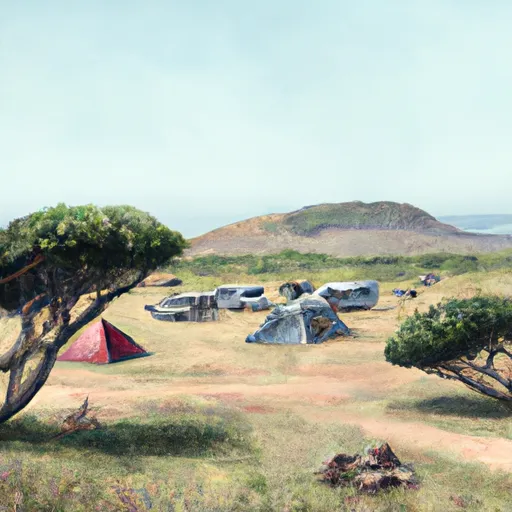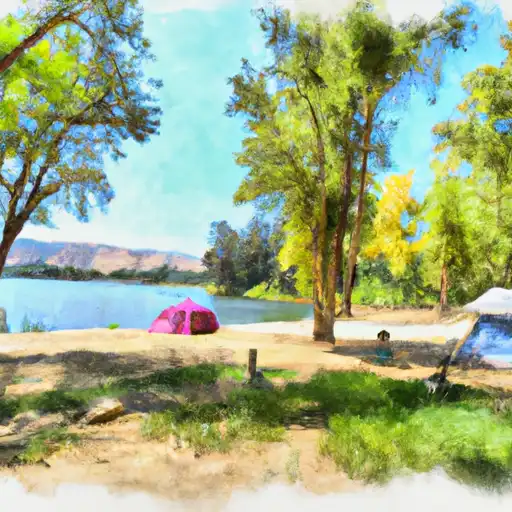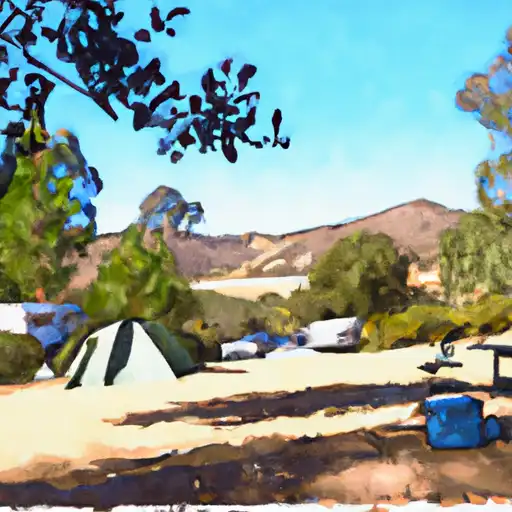Summary
The park is famous for its remarkable concentration of fossilized skeletons of ancient animals, including rhinoceroses, camels, horses, and birds, preserved within a volcanic ash layer from a massive eruption of the Yellowstone supervolcano around 12 million years ago. The fossils are exceptionally well-preserved, and visitors can see the skeletons exactly as they were found in the field.
There are many good reasons to visit Ashfall Fossil Beds State Historical Park. It provides a rare opportunity to witness the remnants of a prehistoric ecosystem and to learn about the evolutionary history of the Great Plains. The park offers many educational and interpretive programs, including guided tours, paleontology demonstrations, and exhibits. Visitors can also try their hand at fossil excavation at the on-site Dig Site.
The main attraction of the park is the Rhino Barn, a temperature-controlled building that houses the largest concentration of complete rhinoceros skeletons in the world. Other points of interest include a fossil preparation laboratory, a visitor center, and hiking trails that offer scenic views of the surrounding countryside.
Interesting facts about Ashfall Fossil Beds State Historical Park include that the fossil layer was discovered accidentally in 1971 by a road crew digging a waterline trench, and that the site is one of the few places in the world where multiple species of ancient animals are preserved together. The park is also home to diverse plant and animal life, including prairie grasses, wildflowers, and butterflies.
The best time of year to visit Ashfall Fossil Beds State Historical Park is from May to September when the weather is mild and the park offers a full range of activities. The park is open to visitors from Wednesday through Sunday during the summer season, and on weekends only during the spring and fall. Admission fees apply.
Weather Forecast
Park & Land Designation Reference
Large protected natural areas managed by the federal government to preserve significant landscapes, ecosystems, and cultural resources; recreation is allowed but conservation is the priority.
State Park
Public natural or recreational areas managed by a state government, typically smaller than national parks and focused on regional natural features, recreation, and education.
Local Park
Community-level parks managed by cities or counties, emphasizing recreation, playgrounds, sports, and green space close to populated areas.
Wilderness Area
The highest level of land protection in the U.S.; designated areas where nature is left essentially untouched, with no roads, structures, or motorized access permitted.
National Recreation Area
Areas set aside primarily for outdoor recreation (boating, hiking, fishing), often around reservoirs, rivers, or scenic landscapes; may allow more development.
National Conservation Area (BLM)
BLM-managed areas with special ecological, cultural, or scientific value; more protection than typical BLM land but less strict than Wilderness Areas.
State Forest
State-managed forests focused on habitat, watershed, recreation, and sustainable timber harvest.
National Forest
Federally managed lands focused on multiple use—recreation, wildlife habitat, watershed protection, and resource extraction (like timber)—unlike the stricter protections of national parks.
Wilderness
A protected area set aside to conserve specific resources—such as wildlife, habitats, or scientific features—with regulations varying widely depending on the managing agency and purpose.
Bureau of Land Management (BLM) Land
Vast federal lands managed for mixed use—recreation, grazing, mining, conservation—with fewer restrictions than national parks or forests.
Related References
Area Campgrounds
| Location | Reservations | Toilets |
|---|---|---|
 Admiral Baker Military - San Diego NS
Admiral Baker Military - San Diego NS
|
||
 Santee Lakes Regional Park
Santee Lakes Regional Park
|
||
 San Elijo State Beach
San Elijo State Beach
|
||
 Kumeyaay Lake Campground - Mission Trails Park
Kumeyaay Lake Campground - Mission Trails Park
|
